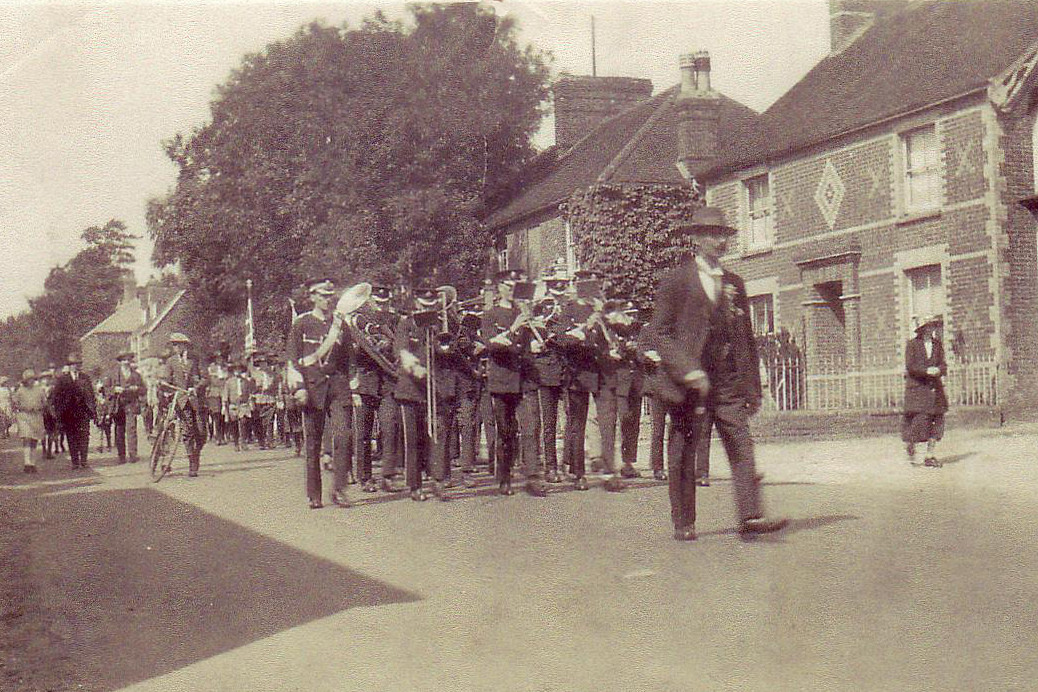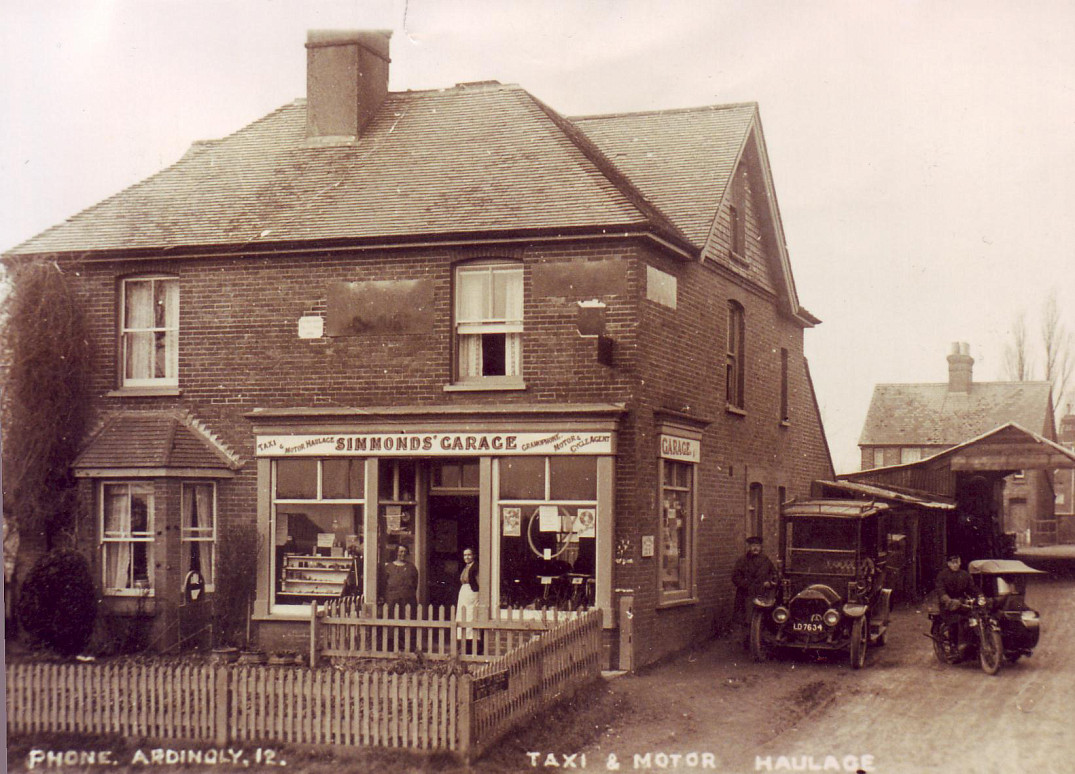Help
Community21 has selected some case study communities and projects to share across the network to inspire and inform others. Should we be featuring yours? If so get in touch.
The parish covers around six square miles of attractive countryside within the High Weald Area of Outstanding Natural Beauty and includes a wide range of natural habitats. The land rises from south to north, reaching 500 feet at the northern boundary of the Parish. Part of the village is designated as a Conservation Area, which is divided into two parts: one centred on the High Street and one centred on St Peter’s Church. There has always been a vibrant and caring community feeling and the settlement still retains its rich local heritage and the spirit and character of a real village.
The mean age in the parish in 2001 was 35, surprisingly significantly lower than that in England as a whole (39). This suggests that Ardingly is a popular place for families to live, perhaps due to excellent local schools, an unusually good range of local employment and within reach of other employment, such as at Gatwick, Brighton and London.
20% of households in the parish comprise just one person, meaning that about 130 people live alone.
While only around 18% of the population of the parish is aged 60 or over, more than 50% of those who responded to the household questionnaire had a member of the household in that age range. In respect of people’s views on many issues affecting the village, their age did not seem to make a difference. However on a few topics, some interesting differences emerged which are explained later in this document.
Ardingly is a parish of around 700 dwellings lying in most attractive wooded scenery within the High Weald Area of Outstanding Natural Beauty. The village sign was erected as a memorial to Viscountess Wolseley, and marks the site of the original toll-gate.
St. Peter’s Church dates from around 1330, with a massive tower and well-timbered south porch added later. In the Church there is an effigy of a priest in vestments, five good brasses and ancient stairs can also be found. The bells were recast in 2010.
Ardingly is home to Wakehurst Place which has been described as one of the most beautiful gardens in England, and is known as ‘Kew in the Country’. Open throughout the year, it is the most visited National Trust property with over 400,000 visitors pa. Nearby the Millennium Seed Bank, an international seed conservation project, was opened in 2000 and welcomes botanists from around the world.
Ardingly College, a public school with 800 students, has a noble chapel, and provides employment for around 380 staff. Ardingly also boasts the South of England Showground which hosts a range of events throughout the year, including the South of England Agricultural Show each June. Ardingly Activity Centre, based at the reservoir, caters for a wide range of water sports and is a conservation area supporting a large variety of bird life.
There are three Public Houses, The Oak Inn dating back to the 17th century, The Gardeners Arms, also 17th century and the Ardingly Inn (B&B).




Before the Romans our little corner of land was probably covered with dense forests (the name Weald was the Saxon name for forest). The Romans cut a military road from the coast to London, passing west of St Peters Church and through what is now Wakehurst Place car park. A second way developed as a drove road from the South Downs to the Saxon outliers for summer pasture. This way became the highway which exists today: the High Street.
Although not mentioned in the Doomsday book of 1086 it is known that there was a church here in those days because it was given by Wiliam de Warrene to the Priory of Lewes before his death in 1088. The present church was built between 1325 and 1340 with a number of later additions.
Wakehurst Place dates back to 1200 though was rebuilt in 1590. It is now renowned as ‘Kew in the country’ with its 500 acres of gardens viewed by over 400,000 visitors a year. The Millennium Seed Bank built in 2000 has taken the name of Ardingly worldwide. In 1960 Sir Henry Price the owner of Wakehurst donated 22 almshouses at Priceholme for retired workers in horticulture and agriculture. North of the village the South of England Agricultural Showground attracts over 200,000 visitors a year, while to the south the public school Ardingly College, founded in 1858 by Canon Woodard, has around 800 pupils.
The Ardingly branch railway linking Haywards Heath to Horsted Keynes was opened in 1883, but succumbed to the Beeching cuts in 1963 after only 80 years. The track, tunnel, bridgesand station buildings are protected for the Bluebell Railway and perhaps one day trains will pass through Ardingly once more.
Until the Second World War Ardingly was an agricultural parish with nineteen farms and the population largely engaged in agriculture or serving their needs. After the war, house building began to flourish and an ever increasing number of men gained new skills. The building firm of E.H Munnion Ltd at one time employed over 100 men.